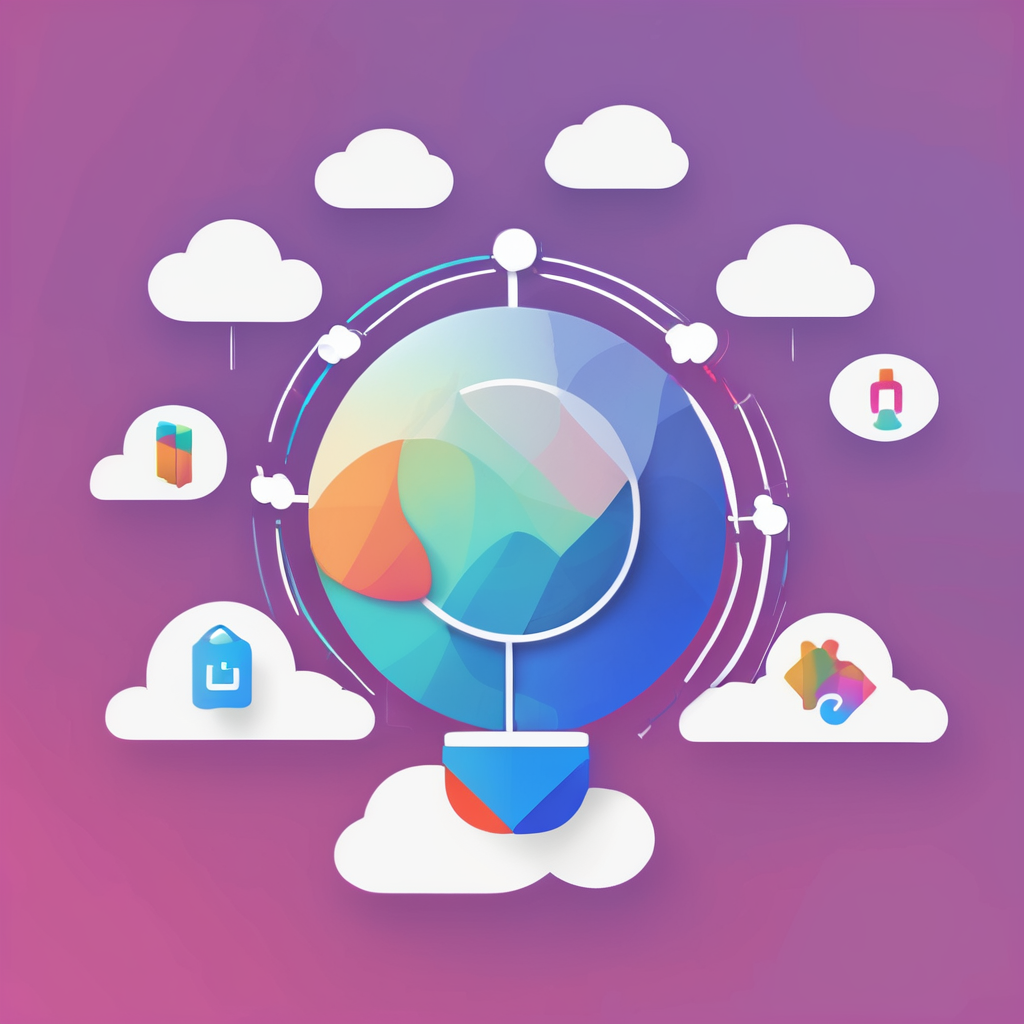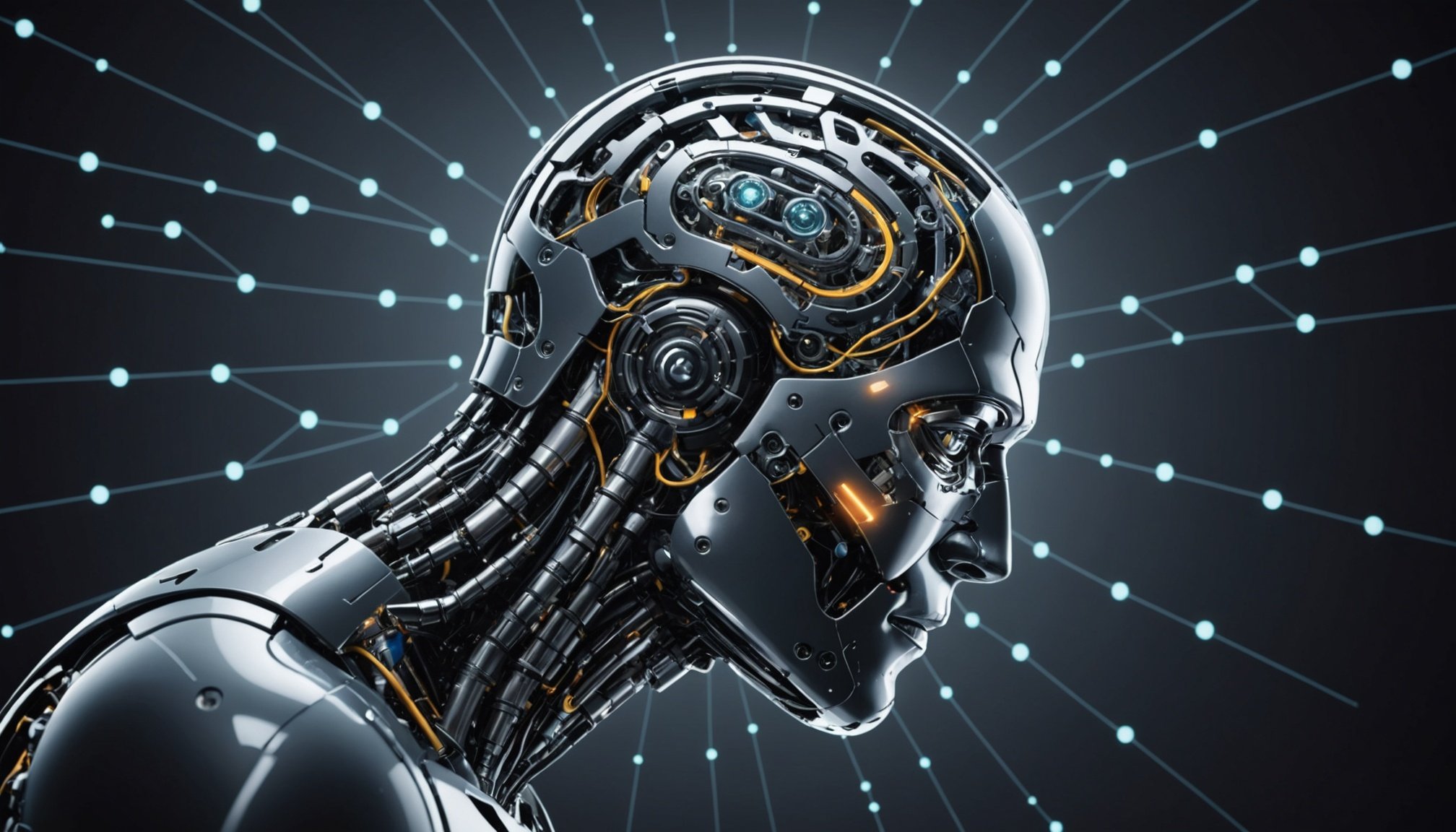Unlocking the Power of AI in Advertising: Expert Strategies for Successful Campaign Management
In the ever-evolving landscape of digital marketing, artificial intelligence (AI) has emerged as a game-changer, revolutionizing the way businesses approach advertising. From personalized content creation to real-time campaign optimization, AI is transforming the advertising industry in ways that were previously unimaginable. Here’s a deep dive into how AI is reshaping advertising and the expert strategies you can use to leverage its power.
Understanding the Role of AI in Advertising
AI is not just a tool; it’s an integral part of the advertising process. It helps advertisers collect, process, and analyze vast datasets to understand consumer behavior, preferences, and interests. This data-driven approach enables precise customer segmentation and targeting, driving higher engagement and conversion rates[1].
In parallel : Essential tactics for effectively implementing machine learning models on edge devices
Predictive Analytics for Smarter Campaigns
One of the most significant advantages of AI in advertising is its predictive analytics capability. AI can scan and analyze historical marketing data to identify patterns and predict future trends, customer behaviors, and campaign outcomes. This allows marketers to optimize their strategies, allocate their budget more effectively, and achieve the highest possible return on investment (ROI)[3].
For instance, AI models can analyze consumer behavior, past purchasing history, and preferences to predict customer needs and interests. This predictive power helps advertisers tailor their campaigns, optimize ad placements, and modify campaign budgets in real-time to maximize conversions[1].
In parallel : Transforming telemedicine: innovative approaches to seamless ai integration
Personalization at Scale
Personalization is a key aspect of successful advertising, and AI makes it possible at scale. AI-driven personalization involves creating tailored messages, images, and videos that resonate with specific audience segments.
AI-Generated Content Creation
Generative AI platforms like GPT-4 and DALL-E are being integrated into advertising to create personalized, interactive, and engaging ad content. These tools can generate customized content, including text, images, audio, and videos, aligned with individual preferences and interests. For example, Meta’s generative AI ads tool gives marketers enhanced control over dynamic creative elements, allowing them to experiment and optimize campaigns quickly and effectively[1][4].
Here are some ways AI-generated content is transforming advertising:
- Hyper-Personalization: Ads that feel like personal recommendations, increasing customer engagement and conversion rates.
- AI-Powered Creative: Unique visuals created specifically for your brand, enhancing the creative vision of your campaigns.
- Dynamic Creative Optimization (DCO): AI tweaks ad elements in real-time based on user behavior and performance data, ensuring the ad is always optimized for maximum impact[5].
Automation and Real-Time Optimization
Automation is another critical area where AI excels in advertising. By automating repetitive tasks, AI frees up marketing teams to focus on strategic initiatives rather than day-to-day campaign adjustments.
Real-Time Campaign Optimization
AI algorithms can analyze real-time data from various advertising channels, such as click-through rates, conversion metrics, and audience engagement signals. This data is processed through platforms like Confluent, which stream real-time data, enabling AI models to generate insights and recommendations that can automatically adjust campaign parameters for optimal performance[4].
Here’s how real-time optimization works:
- Adjusting Bidding Strategies: AI models adjust bidding strategies based on real-time performance data to ensure the budget is spent effectively.
- Generating and Testing Ad Variations: AI generates and tests multiple ad variations to determine the best one and offer suggestions for optimizing ad copy, visuals, and landing pages.
- Optimizing Audience Targeting: AI optimizes audience targeting parameters to ensure the right message reaches the right audience at the right time[4].
Programmatic Advertising for Precise Targeting
Programmatic advertising, powered by AI, revolutionizes the way ads are placed and optimized across various platforms.
Tools for Programmatic Advertising
Several tools are available to streamline programmatic advertising:
| Tool | Description |
|---|---|
| Google Ads Smart Bidding | Leverages machine learning to automatically adjust bids based on conversion likelihood or click-through rates[3]. |
| AdRoll | Integrates web, social, and email campaigns into a single platform for easy management of retargeting and prospecting campaigns[3]. |
| The Trade Desk | Offers advanced targeting options and data-driven ad placement for precision across digital channels[3]. |
| Amazon DSP | Allows advertisers to programmatically buy display, video, and audio ads across Amazon-owned properties and third-party networks[3]. |
| Infillion MediaMath | Focuses on omnichannel programmatic advertising, providing tools for real-time optimization and data-driven decision-making[3]. |
These tools enable marketers to maximize their ROI while minimizing manual effort, making campaigns more efficient and effective.
Enhancing Customer Engagement with AI
AI is not just about optimizing campaigns; it also enhances customer engagement through various means.
Chatbots and Virtual Assistants
Integrating chatbots or virtual assistants powered by AI can significantly enhance customer support and interaction. These AI chatbots can:
- Promptly address customer queries
- Automate sending tailored messages
- Smoothly guide users through the sales funnel
- Recommend cross-sell or upsell opportunities[1].
For example, a company like Domino’s Pizza uses AI-powered chatbots to take orders, provide customer support, and even offer personalized promotions based on customer preferences.
Analyzing Customer Sentiment
Understanding customer sentiment is crucial for fine-tuning ad campaigns. AI models can evaluate customer sentiments based on user reviews, social media mentions, or direct phone calls using voice-based AI software.
Customer Sentiment Analysis
AI can analyze vast amounts of data to identify patterns and trends in customer sentiments. This helps advertisers adjust their ad campaigns to better align with the audience’s feelings and preferences. Here’s how it works:
- Identifying User Sentiments: AI models analyze user reviews, social media posts, and other feedback to understand the overall sentiment towards the brand.
- Fine-Tuning Ad Campaigns: Based on the sentiment analysis, advertisers can adjust their ad content, messaging, and targeting to better resonate with the audience[1].
Overcoming Challenges with AI
Advertisers often face several challenges, but AI provides solutions to many of these issues.
Common Challenges and AI-Backed Solutions
Here are some common challenges and how AI addresses them:
-
Identifying and Targeting Specific Audience Segments
-
Solution: AI-powered advertising tools analyze vast datasets to identify patterns, preferences, and behaviors, allowing advertisers to create highly targeted campaigns[1].
-
Maintaining Consistent Brand Identity Across Various Channels
-
Solution: AI helps maintain a consistent brand identity by analyzing consumer preferences and adapting to changing consumer behaviors in real-time[2].
-
Optimizing Ad Budgets and ROI
-
Solution: AI algorithms can predict consumer behavior and optimize ad placements, bidding strategies, and budget allocation in real-time to maximize ROI[5].
Future Trends in AI-Driven Advertising
As AI continues to evolve, we can expect several trends to shape the future of advertising.
Emerging Trends
- Hyper-Personalization: Ads that feel like personal recommendations, catering to individual preferences and behaviors.
- AI-Powered Creative: Unique visuals and content created specifically for your brand.
- Predictive Analytics: Forecasting campaign success accurately based on historical data and real-time insights.
- Voice and Visual Search Integration: Optimizing content for voice assistants and image recognition to reach audiences through new search methods[5].
Ethical Considerations and Human-AI Collaboration
While AI is revolutionizing advertising, it’s important to consider the ethical implications and the role of human creativity.
Balancing AI and Human Creativity
The best approach to leveraging AI in advertising is a collaboration between human creativity and AI capabilities. AI handles routine tasks, such as data analysis and campaign optimization, while human marketers focus on higher-level strategy and emotional intelligence.
As noted by the Marketing AI Institute, “The trajectory is clear: AI is set to revolutionize advertising, making it more personalized, efficient, and data-driven than ever before. But success depends on how well AI is integrated with human creativity and strategy.”[5]
Practical Insights and Actionable Advice
Here are some practical tips for businesses looking to integrate AI into their advertising strategies:
- Embrace Automation: Use tools like Google Ads Smart Bidding and Performance Max campaigns to tap into the power of AI and reach your audience in innovative ways[2].
- Leverage First-Party Data: Use the data you collect about your customers to guide AI and find new customers. This is the most important signal you have to optimize your ad campaigns[2].
- Invest in Generative AI: Use generative AI to create personalized, interactive, and engaging ad content. This can significantly boost customer engagement and conversion rates[4].
- Focus on Predictive Analytics: Use AI to predict future trends and customer behaviors. This helps in optimizing your marketing strategies and allocating your budget more effectively[3].
AI is transforming the advertising landscape by enabling businesses to create personalized, efficient, and data-driven campaigns. From predictive analytics to real-time optimization and hyper-personalization, AI offers a plethora of tools and strategies that can significantly enhance marketing efforts.
By embracing AI-driven marketing, businesses can overcome traditional challenges, optimize their ad budgets, and achieve higher engagement and conversion rates. As AI continues to evolve, it’s clear that the future of advertising will be more personalized, efficient, and innovative than ever before.
In conclusion, unlocking the power of AI in advertising is not just about adopting new technology; it’s about revolutionizing the way you connect with your audience and drive business success. By integrating AI into your marketing strategies, you can ensure that your advertising efforts are always optimized, personalized, and highly effective.











